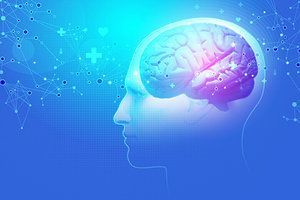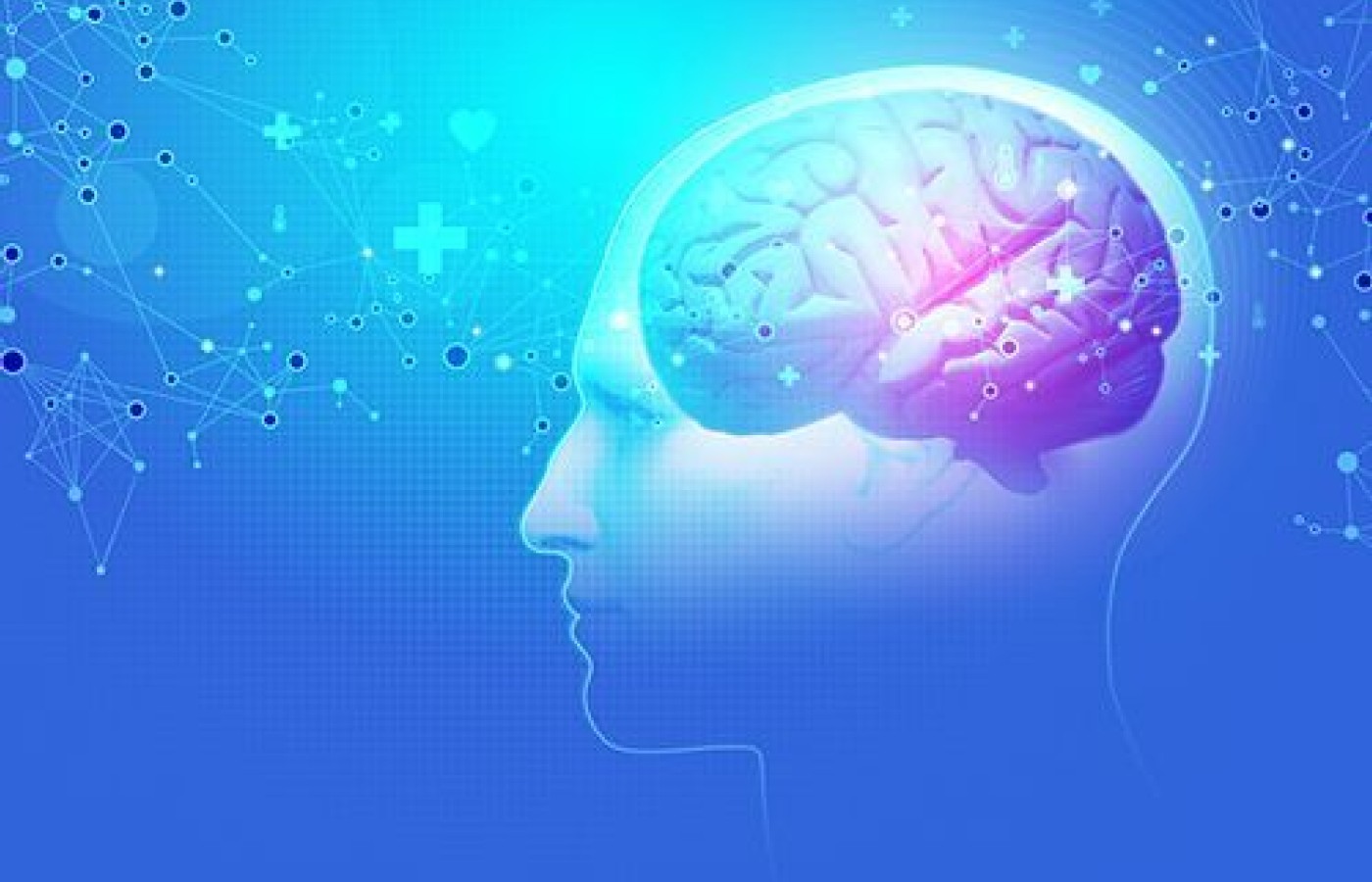Whether you accept it, avoid it or live somewhere in between, insurance coverage has become a defining issue for our profession. Patients increasingly expect to use their benefits, practitioners want to be compensated fairly for their time and expertise, and the system itself remains – at best – fragmented. The encouraging news is that coverage has expanded in meaningful ways. The challenging news is that reimbursement, across the board, remains inadequate.
Neurological Exams to Inform Point Prescriptions
During a doctoral clinic theater that I was teaching, a patient came in with daily nausea and anxiety persisting for three years. Her treatment consisted of UB 9 threaded to UB 10, along with another scalp needle 0.5 cun lateral, running parallel to UB 9 (all on the left side only).
Additionally, P6 was needled bilaterally. All points were retained for 20 minutes with continuous e-stim at 25 Hz microcurrent. Following the treatment, the patient's nausea was gone and she experienced long-lasting relief with continued repeat treatments. Why would I choose UB 9 threaded to UB 10 for nausea; and why only on the left side?
First, I will go a little deeper into her history, and then discuss what was observed during her neurological examination. This patient, a senior in high school, had a history of a concussion (at the age of nine), and then a traumatic assault during her freshman year of high school. Following the assault she developed chronic nausea and anxiety.

She also developed progressively worsening digestive issues with an inability to digest protein, gluten, or dairy, leading her to adopt a very restrictive gluten-free vegan diet. In the evaluation of a patient with a history of concussion, I pay close attention to eye movements: the ability to hold gaze on a target, the ability to pursue a target moving horizontally, vertically, and diagonally, and the ability to move from one target to another (this is called a saccade).
All of these movements require different pathways in the brain that allow me to distinguish what areas may be compromised. These findings help me determine what scalp acupuncture points to choose, and whether I want to do them on the left, the right, or both sides.
Exam Findings
After a comprehensive neurological exam, these were the relevant findings: During this patient's exam, she was able to steadily hold gaze on a target directly in front of her, and a target 30 degrees to the right. As soon as she held her gaze on a target 30 degrees to the left, she developed a cervical tremor.
The ability to maintain gaze to the left requires activation of lateral gaze centers located in the left pons (part of the lower brainstem). In the simplest of interpretations we can say that her nervous system was not capable of activating these lateral gaze centers without compromising some other function; in this case, the inhibition of unwanted movement. Thus, we observe the escape of movement and a cervical tremor.
When performing leftward pursuits, her eyes would fall behind the target and then skip forward in order to catch up to the target, another left pontine neurological finding. When testing rapid alternating movements of her arms, her ability to quickly pronate and supinate her right arm was intact, while her ability to do the same with the left arm was compromised. The movement on the left appeared sloppy and not as coordinated. This test measured the function of the ipsilateral cerebellum, suggesting a deficit in left cerebellar functioning.
During gait analysis, she presented with a cross-steppage gait, meaning that as she walked, her feet would cross over the midline. Imagine a runway model, and you will have an exaggerated idea of a cross-steppage gait. This type of gait can be observed in people with midline cerebellar deficits. What we can infer from these tests from a functional neurological perspective is that her left pons and left cerebellum were not working optimally.
Analyzing the Findings
The question I always ask myself is: do my findings make sense in relationship to what the patient is experiencing? Chronic nausea is not solely an issue of the stomach. It can also be due to a dysregulation of the nucleus tractus solitarius in the lower brainstem. We have observed this patient has left-sided lower brainstem and cerebellar findings. The cerebellum, from an embryological and developmental perspective, is essentially an outgrowth of the pons. There is a close relationship between these two structures.
More specifically, there is a very close relationship between midline structures of the cerebellum, the pons, and the gastrointestinal tract. With this understanding, it made sense to me that if healthy function could be restored to the left cerebellum and left pons, this may translate into a resolution of the nausea and improved GI function, and allow her to incorporate more proteins back into her diet.
Back to the Points
Returning to the choice of points, it now becomes clear why scalp points in the vicinity of the left cerebellum were chosen. During the neurological examination, there were no right cerebellar or right brainstem findings, therefore it did not make sense to do a bilateral treatment. That would drive blood flow to an area that appears functionally intact, when we are trying to increase activity in one precise area.
Why, then, was P6 needled bilaterally? In addition to being a classical point for nausea, one fMRI study looked at the cerebellar activation of needling P6 and found that it activated midline cerebellar structures along with other cerebellar areas.1 Therefore, from a neurological perspective bilateral P6 provided a method to activate the midline cerebellum, while scalp acupuncture on the left brought more activity to the left cerebellum.
Following the 20-minute treatment of electro-acupuncture a post-treatment exam was performed. The patient no longer developed a cervical tremor during left gaze holding. She no longer had deficits in leftward pursuits. Her rapid alternating movements of the left arm were more coordinated and less dyspraxic and her cross-steppage gait was completely gone.
This case provides a great example of how neurological examinations can inform acupuncture treatment plans, and how pre-and post-neurological examination is highly beneficial for determining the effects of acupuncture on the central nervous system and effectiveness of the treatment in regards to neurological function.
Reference
- Yoo SS, Teh EK, et al. Modulation of cerebellar activities by acupuncture stimulation: evidence from fMRI study. Neuroimage 2004, 22:932-940.



